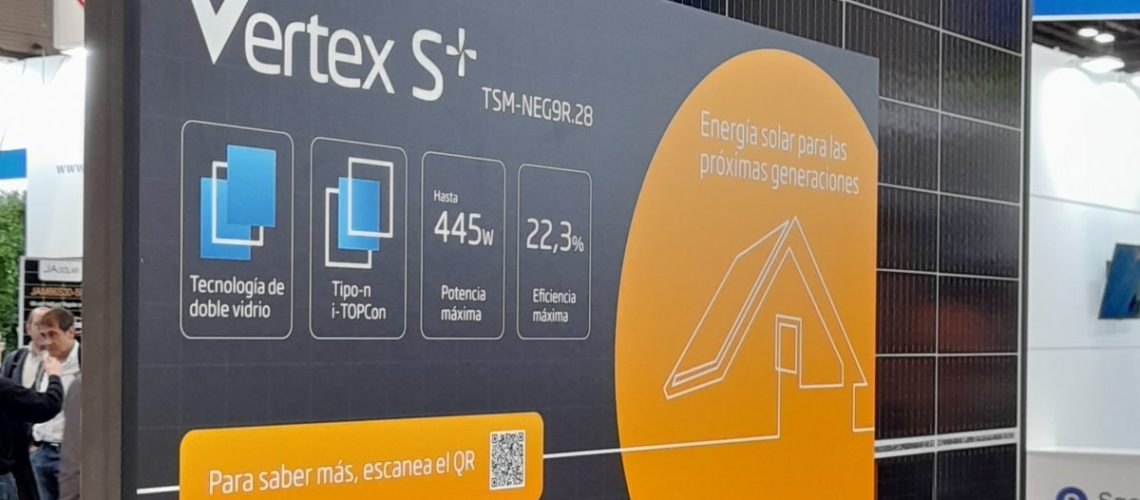Solar module size standardization will enhance supply chain efficiencies, boost production, and lower costs, according to the 700W+ Photovoltaic Open Innovation Ecological Alliance, thus accelerating the industrialization of 700 W or greater modules.
Trina Solar announced the formation of the 700W+ Photovoltaic Open Innovation Ecological Alliance. Joined by Astronergy, Canadian Solar, Risen Energy, TCL Zhonghuan and Tongwei, the group of six solar manufacturers intends to standardize the design of solar modules of 700 W or greater.
The alliance calls for module manufacturers adhere to existing agreed industry dimensions of 2384 mm by 1303 mm; module long-side vertical hole distance: 400 mm/1400 mm). A hole distance of 790 mm has been added to the standard. This adheres to and builds on the T/CPIA 0003-2022 Technical Specification issued by the China Photovoltaic Industry Association.
In recent years, the power output of solar modules has jumped from 500 W to 700 W, and the size of modules have increased along with the wattage. In 2021, for example, Risen Energy released the 132-cell NewT@N panel based on 210 mm n-type monocrystalline multi busbars cells with a half-cut design. The high-wattage module size conforms to the recommended standard of 2,384 mm x 1,303 mm x 35 mm.
Having large modules presents some challenges in terms of weight on a roof, ease of mounting on trackers or racking, and more. But lack of standardization presents several challenges, not only in production but in fitting to infrastructure.
The 700W+ alliance sees standardization as a way of reducing balance of system costs as well as cutting the levelized cost of electricity. Ultimately, standardization will enhance supply chain efficiencies, boost production, and lower costs, the Alliance contends, accelerating the industrialization of high-powered modules.





